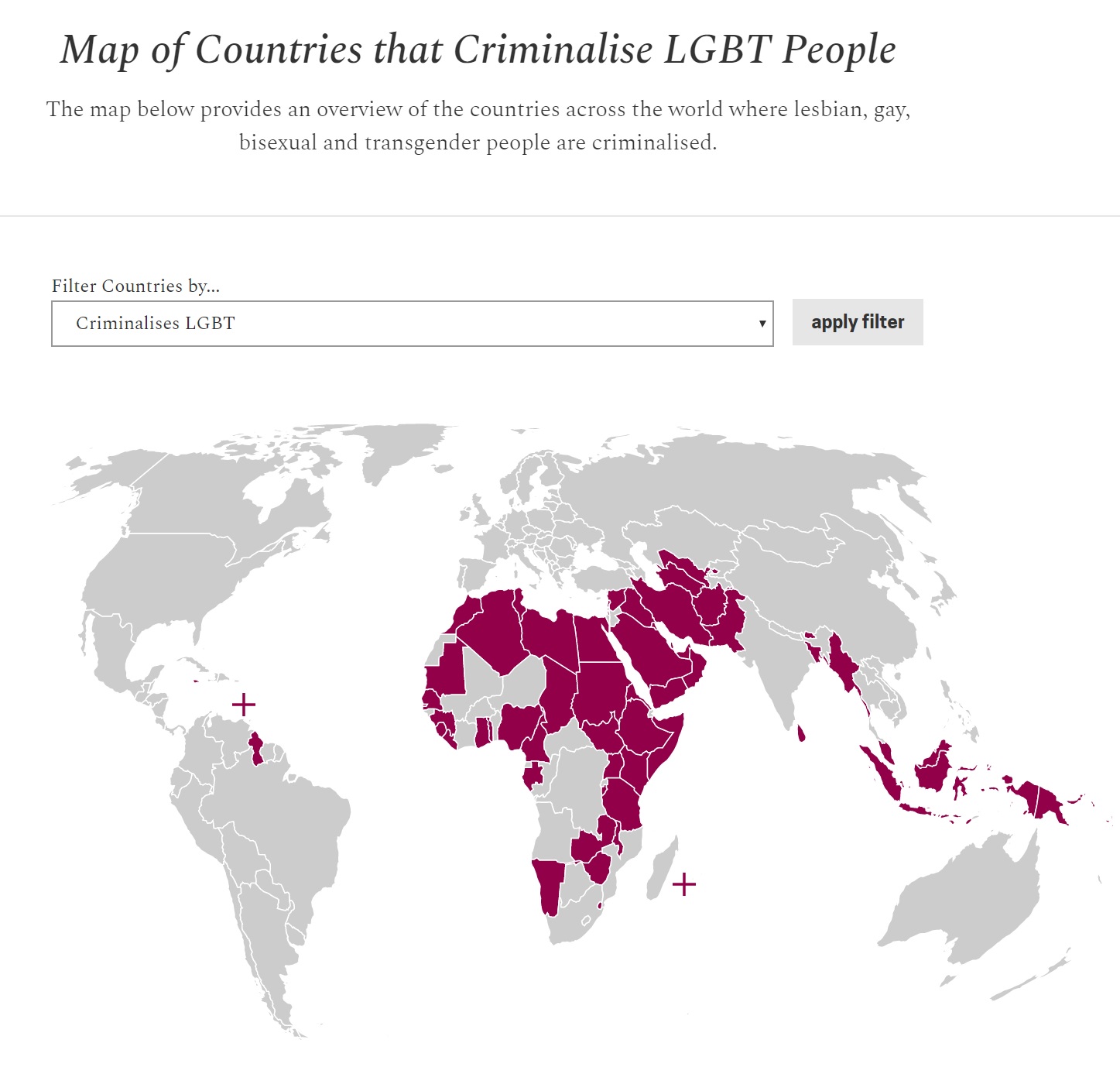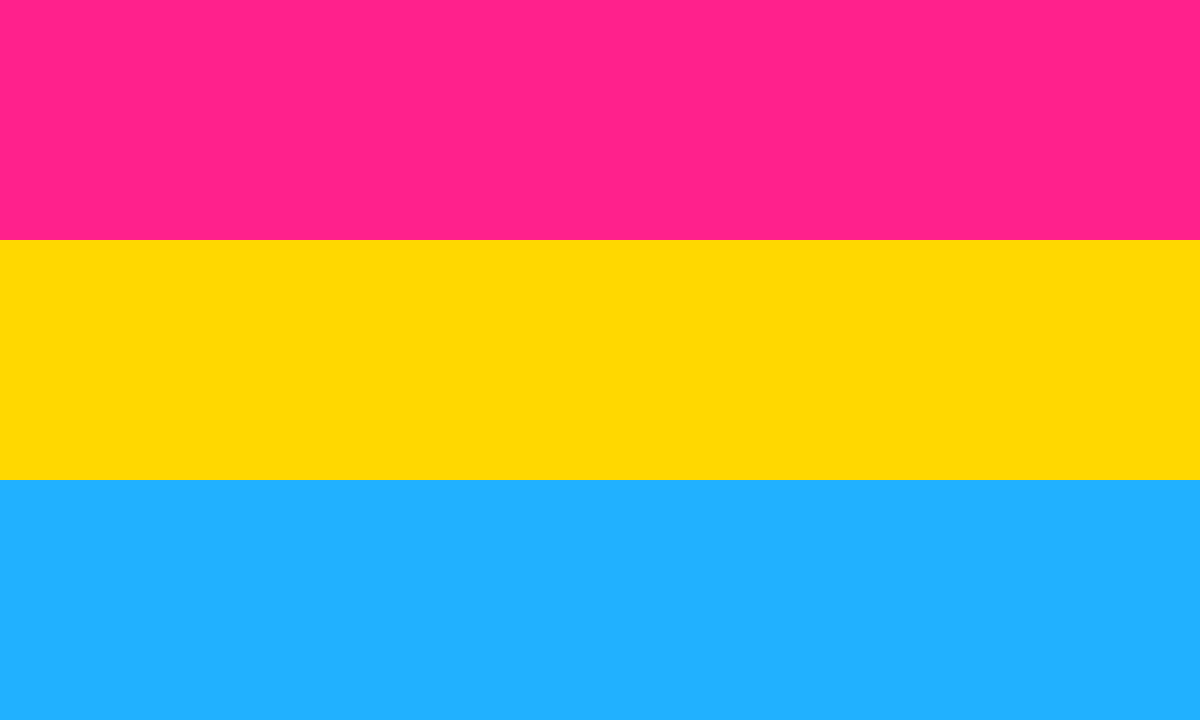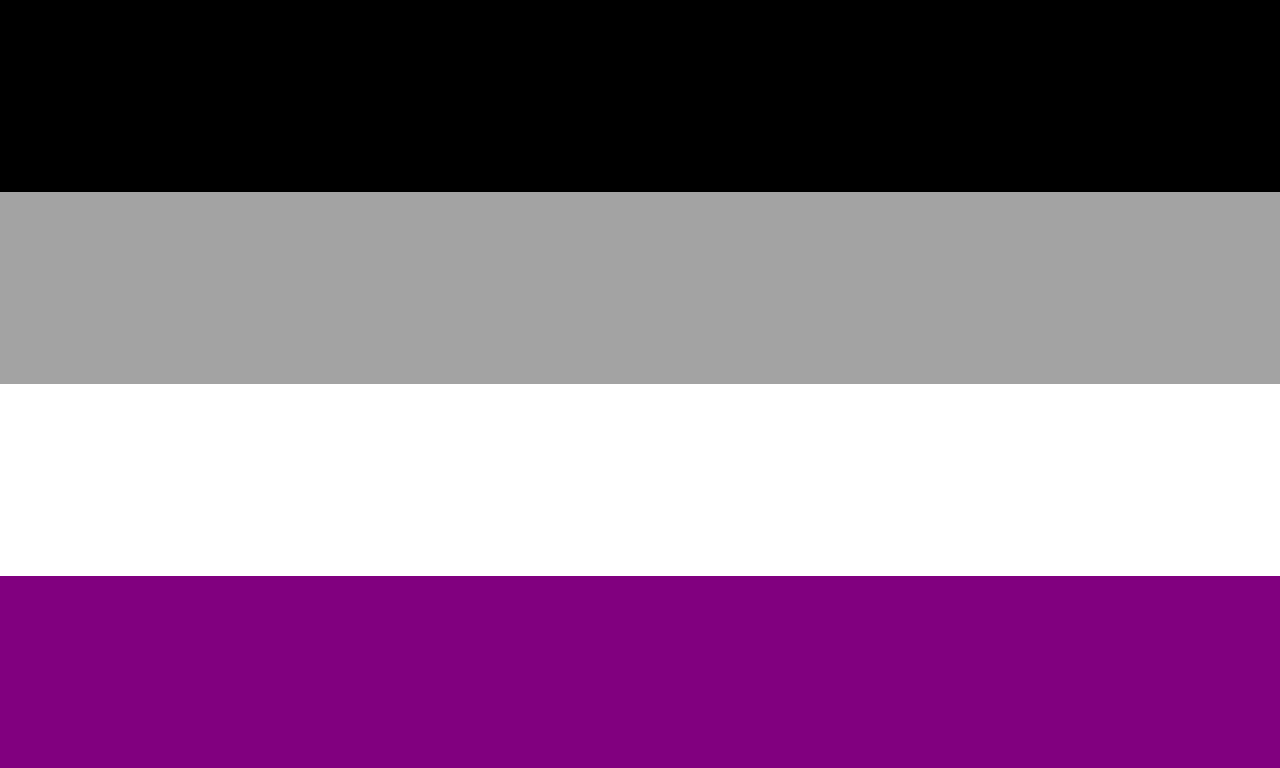I’m a 42-year-old queer technology journalist and the editor of Neural. This is my first job working in the tech industry. Just a few years back I was an almost 40-year-old intern. Before that, I worked in several different fields including a decade in the US military. Despite the diversity of my background I’ve never seen a more heteronormative workforce culture than the collective fields of science, technology, engineering, and math known as STEM. The first thing I noticed as a queer tech reporter is that almost everyone assumes I’m straight. This happens everywhere, but it’s more apparent and pervasive in tech than it was in the previous industries I’ve worked. Fast forward three years and I remain unimpressed by the STEM community at-large (when it comes to diversity). STEM is in the midst of a powerful, collective backslide spurred by knee jerk political reactions to appease the people actively working to erode queer rights. I’m fatigued and dismayed, but I’m also hopeful. Because my focus, as an editor and reporter, is on technology and the future. Technology gives queer voices a platform we’ve never had before. We can reach each other with incredible ease thanks to social media and the internet. We’re finding support in places that didn’t exist when many of us were young, and today’s queer youth have more resources than ever. We’re on every major social media platform, and it’s becoming more and more acceptable for us to express our sexuality with confidence thanks to the bravery of people like Lil Nas X.
— nope (@LilNasX) June 30, 2019
— nope (@LilNasX) June 30, 2019 Modern mass-media makes it possible for Lil Nas X’s message (that even rapper-slash-country-singers can be queer and that’s okay) to reach every corner of the Earth. We’re educating each other and forming communities that have no borders. And, just as importantly, we’re seeing more queer representation in public (and to a lesser degree, STEM) than ever before. But countless queer folks still live in places where their very existence is called “illegal.” Others live in countries that claim to have equal rights for all, such as the US, but continue to pass laws that legalize discrimination against anyone who isn’t cisgender and heterosexual. And still more have to hide their existence for fear of violence. Credit: Human Dignity Trust It is because of these threats to our livelihoods, freedom, and very lives that many of us do not have the privilege of being openly queer or honest about our sexuality, gender identity, and sexual preferences. For everyone who gets to be out, many more remain closeted out of necessity. I have the remarkable privilege of being allowed to live my truth. I don’t have to worry about losing my job because I’m queer. Lots of companies claim they “support” diversity, but I’m actually empowered at work. I’m encouraged to speak out by my co-workers and managers. That might sound like boot-licking, but I assure you: out queer people know how rare it is to find an employer who truly supports us. Furthermore, I seldom have to worry about how being queer could jeopardize my mental or physical safety or put my family in harm’s way. Most people just assume I’m a typical heterosexual white man when they interact with me. That isn’t to say I haven’t faced adversity because of who I am. Most queer people do. On that note, the theme for our Pride coverage this year is “Representation.” We’ll spend the entire month of June covering Pride stories related to STEM, but we’re going to pay particular attention to what it means to have representation in the science, technology, engineering, and math fields. As for me, I represent a couple of letters in the “LGBTQPIA+” acronym (I call it the queer alphabet) that many people don’t immediately recognize. I’m a “P” as in pansexual, meaning I can theoretically be attracted to anyone of any gender identity. But I’m also an “A.” The A stands for asexual or asexual spectrum. Other terms for this are “ace” and “aspec.” Typically ace refers to someone who experiences no or little sexual attraction. However I identify as a subset of the ace spectrum called “demisexual.”
— Rodger Young (@ARtweaker) August 28, 2019 Demisexuals, or demis, are people who tend to experience sexual attraction only after getting to know a person really well. A lot of non-ace people (we call them allosexuals, because it’s offensive to say they experience “regular” or “normal” sexual attraction) choose not to have sex with someone until they get to know them better out of moral or other operative reasons, but that’s not the same thing as being demisexual. Most demis simply don’t experience those sexual urges and feelings toward people we don’t feel close to. This means, for example, many demis won’t have a list of celebrities they want to bang. And a lot of us don’t get turned on at the mere sight of an attractive person, even if they’re naked. I’m also demiromantic, but that’s probably a bit too much to explain in one tiny article. What being queer means for me, as a white cis-male journalist working in tech, is that everyone assumes I’m straight. I’ve interviewed scores of C-level tech executives, and just as many STEM academics and, while most of them were professionals to the letter, it’d still take more than two hands to count the times I was subjected to unwarranted heteronormative bro crap about attracting and/or banging cishet women or made to feel like one of “those people” as someone casually commented on queerness to me under the assumption I was a fellow cishet. The tech world, by-and-large, is an accepting place for queers. We’re allowed to be here. We’re just not as allowed to be here as heterosexuals. And yet, my privilege as a white cis-male keeps me safe from the majority of discrimination aimed at queer STEM workers. Much like being both a “P” and an “A” makes me part of a very small sub-set of the queer community, my experiences as a white cis-male aren’t representative of the discrimination and exclusion faced by the LGBTQPIA+ community as a whole. That’s why the last letter I identify with is “Q,” which stands for queer. I might be a “P” and an “A”, but I identify as queer because we’re all part of the same civil rights struggle. I don’t just want representation for pansexual demis like myself. I want queer representation throughout the entire STEM world. And so should you! Because no matter how you identify, that’s what being an ally is. Credit: Nicole Gray As scientists, engineers, and technologists we should be focused on creating the very best future we can for everyone. That only works if everyone is represented (attack helicopters and other trollish nonsense not-withstanding). That’s why I believe the tech industry needs more than just diversity hiring initiatives and sensitivity training. It needs to create support systems for queer STEM workers that actually work so more of us will feel safe being out and empowered to live our truths. And it needs readily available, up-to-date resources for well-meaning allies who aren’t sure how to approach things like gender-neutral pronouns and asexual representation. As my three-year-old son who watches Paw Patrol would say: “We’re better together!” If you’ve got a queer in tech story to share, check out our contributors section here or email [email protected]


